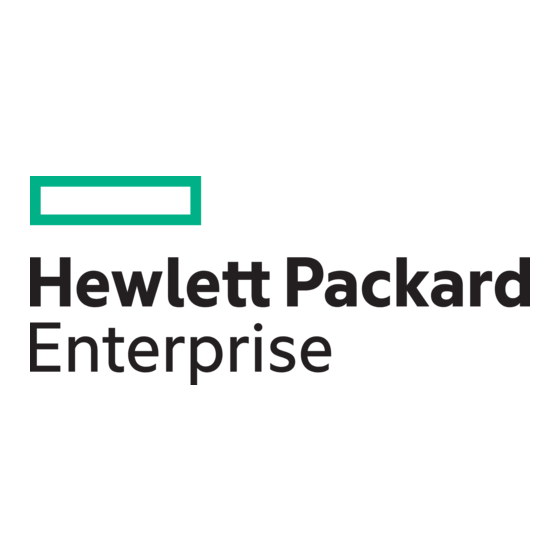
Table of Contents
Advertisement
Quick Links
HPE MSA 2070/2072
Installation Guide
Abstract
This guide describes initial hardware setup for HPE MSA 2070/2072 controller enclosures and disk enclosures, and is
intended for use by storage system administrators familiar with servers and computer networks, network
administration, storage system installation and configuration, storage area network management, and relevant
protocols.
Part Number: 20-MSAG7-IG-ED1
Published: December 2024
Edition: 1
Advertisement
Table of Contents
Troubleshooting

















Need help?
Do you have a question about the MSA 2070 and is the answer not in the manual?
Questions and answers
how to install the rails for a hpe msa 2070